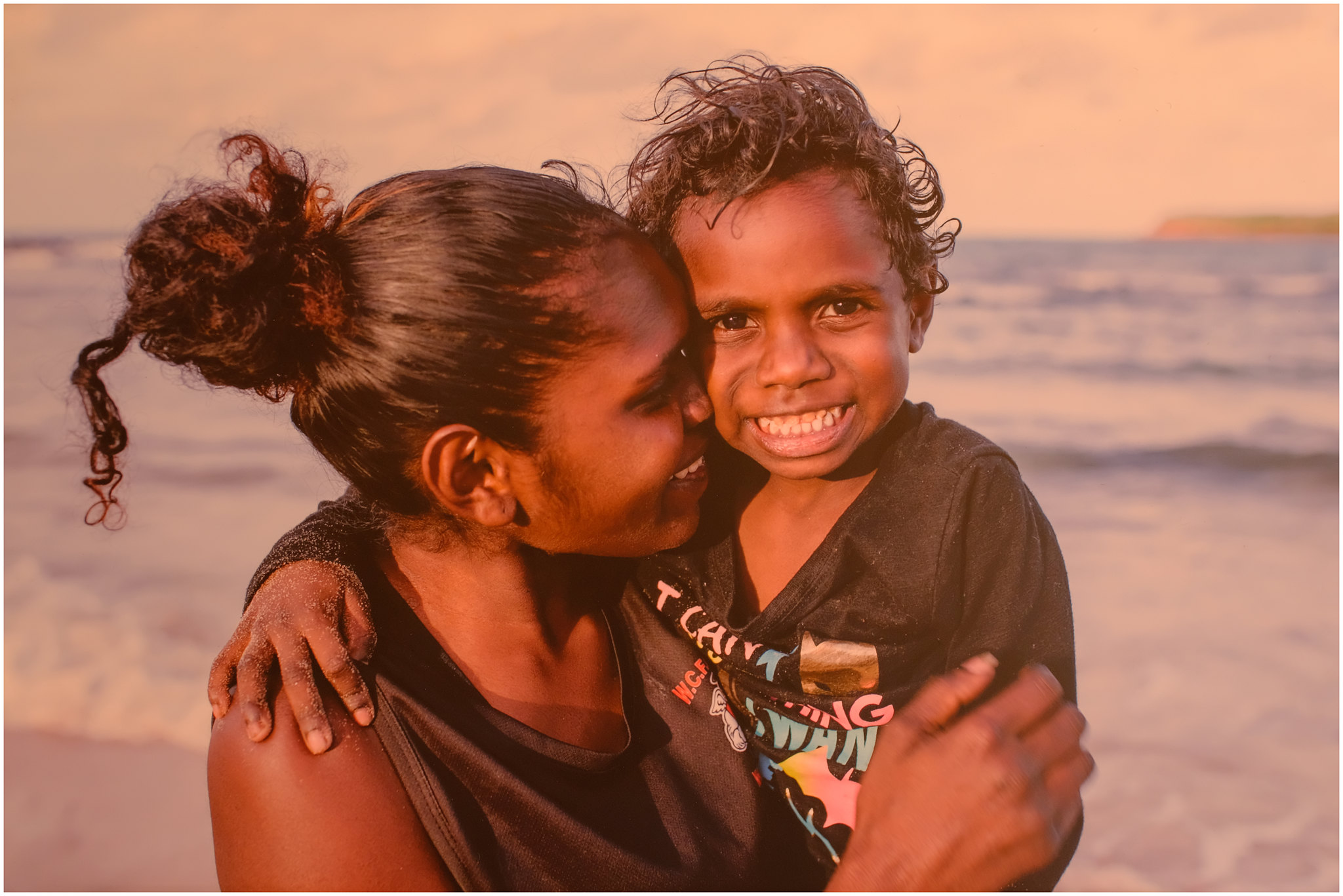Media release
From: Medical Journal of AustraliaONCE IN A GENERATION CHANCE TO RESTRUCTURE FIRST NATIONS CHILDBIRTH SERVICES
FIRST Nations Yolŋu women from the north-east Arnhem Land region of the Northern Territory are speaking up to reclaim control and return of childbirth services, by establishing a national very remote exemplar demonstration Birthing on Country maternity service, say the authors of a Perspective published today by the Medical Journal of Australia.
“First Nations women, babies and families experience profound health inequities when comparing health outcomes to their Australian counterparts,” wrote Dr Sarah Ireland, a Research Fellow at Molly Wardaguga Research Centre at Charles Darwin University, and colleagues.
“Maternal death for First Nations mothers is 3.7 times higher than for other Australian women, and perinatal deaths, largely driven by complications of pregnancy, are twice as high.
“Preterm birth rates are 1.7 times higher for First Nations babies across Australia and are highest in remote regions, especially in the Top End of the Northern Territory, where about one in five babies are born prematurely (18–22% a year) compared with premature birth rates for all NT Aboriginal women (17%) and NT non-Aboriginal women (7%).
“Government policy has seen the closure of many maternity services across regional and remote Australia, resulting in relocation of many women, centralised and specialised maternity management in tertiary hospitals, and inequitable service distribution across Australia,” Ireland and colleagues wrote.
“This disproportionality impacts First Nations families.”
In response, led by Yolŋu scholar and Ancestral knowledge holder Associate Professor Elaine Ḻäwurrpa Maypilama, the Caring for Mum on Country project has been working with local women from the island town of Galiwin’ku.
“Women are speaking up to reclaim the control and return of childbirth services to their community,” wrote Ireland and colleagues.
“They aim to achieve this by establishing a national very remote exemplar demonstration Birthing on Country maternity service, providing evidence-based Western medical maternity care (earlier in pregnancy and more frequently than currently occurs), integrated with cultural caring practices delivered by a workforce of skilled Yolŋu djäkamirr — the cultural caretakers of pregnancy and birth.
“Djäkamirr are doulas that have undergone government recognised vocational educational training alongside a Yolŋu knowledge curriculum.
“The community wants clinically and culturally safe care, with referral pathways to manage medical and sociocultural complications, using both knowledge systems and workforces.”
A Queensland urban exemplar Birthing on Country service already exists and its evaluated impact found women were more likely to attend five or more antenatal visits, less likely to have an infant born preterm, and more likely to exclusively breastfeed on discharge from hospital.
“A key contributor to this was thought to be an over 500% increase in the First Nations workforce, which increased the cultural capability of the service while also targeting the social determinants of health for First Nations women through employment and training,” wrote Ireland and colleagues.
“This is a once-in-a-generation opportunity to dismantle some structural inequities, as we collaboratively strive for equitable outcomes for Yolŋu mothers and babies.
“There is responsibility for clinicians, government and service providers to listen, support and adequately resource the community in line with national policy guidelines,” Ireland and colleagues concluded.
“For too long Yolŋu women and families have been excluded from maternity service design and delivery in their own community — biomedical services have been imposed upon them and multiple consultations undertaken but ignored.
“As Yolŋu woman Associate Professor Maypilama states in the documentary describing the journey so far: ‘If you listen carefully and hear what is coming in, it will come into your heart and then you can help. We need your hand please’.”
All MJA media releases are open access and can be found at: https://www.mja.com.au/journal/media
Please remember to credit The MJA.
The Medical Journal of Australia is a publication of the Australian Medical Association.
The statements or opinions that are expressed in the MJA reflect the views of the authors and do not represent the official policy of the AMA or the MJA unless that is so stated.


